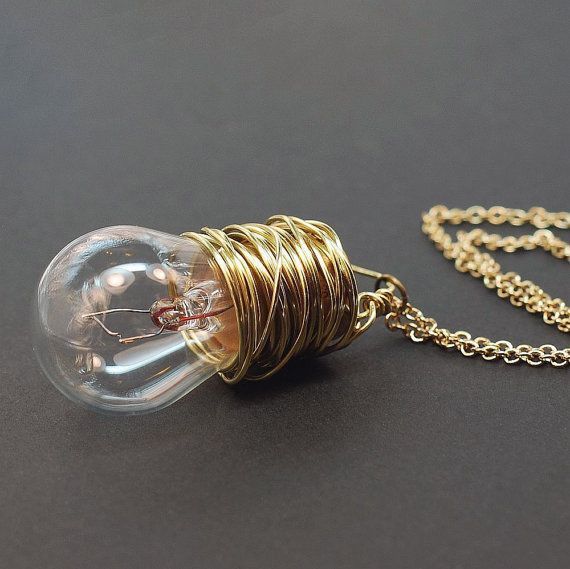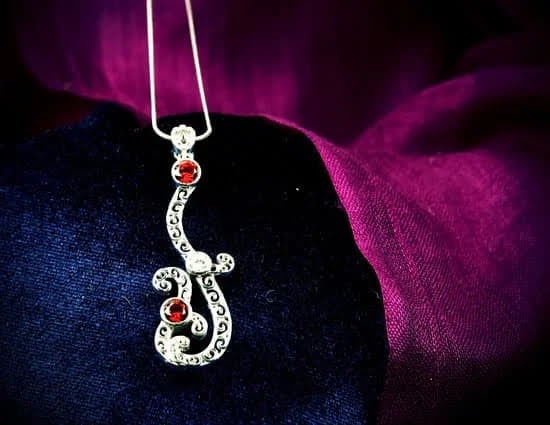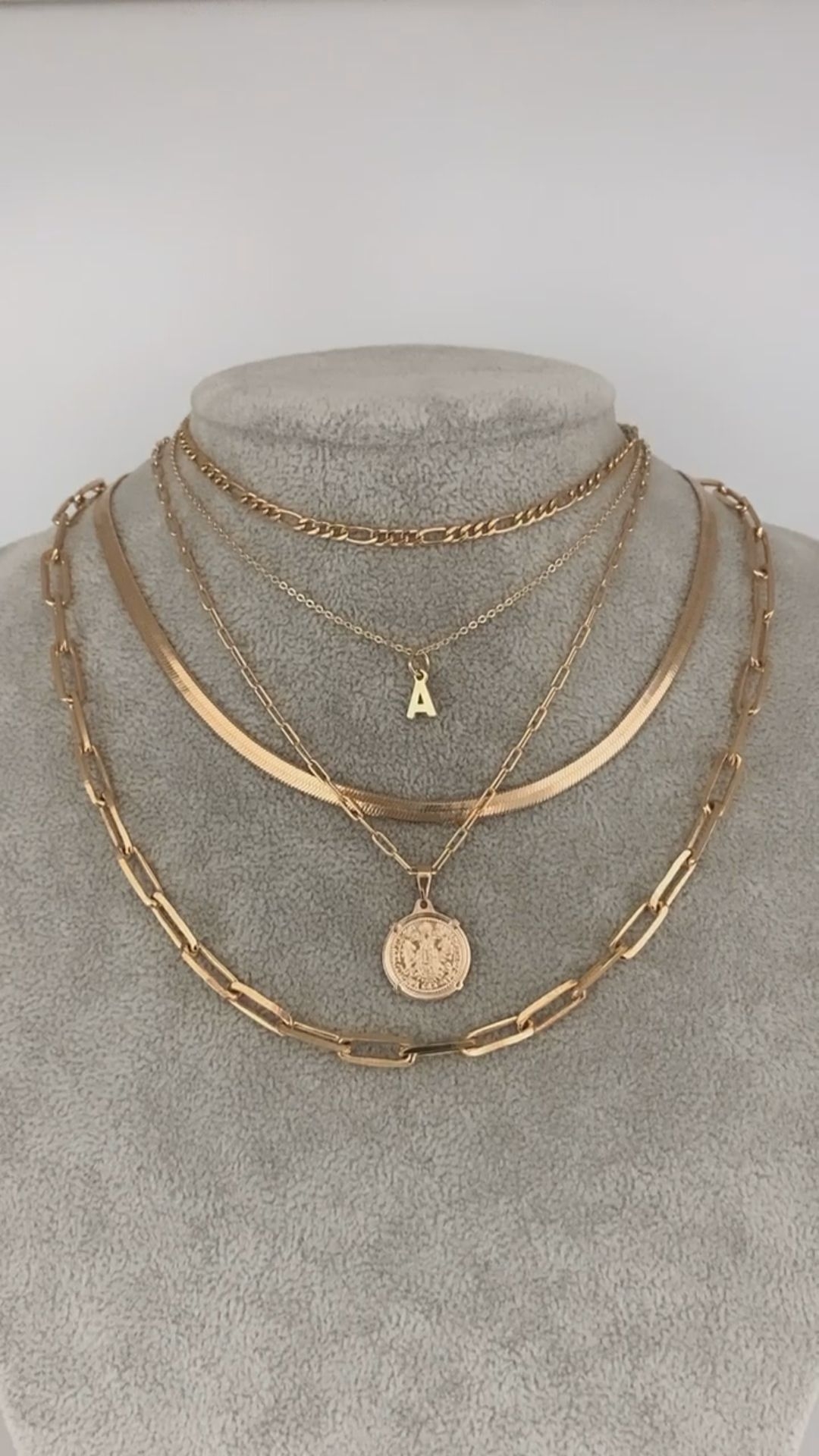The history of choker jewelry spans centuries and encompasses a wide range of cultural and fashion influences. From ancient civilizations to modern celebrity culture, the significance of chokers in both fashion and society is undeniable. In this article, we will delve into the origins, evolution, and impact of choker jewelry, exploring its role as a symbol of self-expression and cultural significance.
Choker jewelry has a rich and diverse history, with its roots dating back to ancient civilizations. These early instances provide insight into the cultural, religious, and social significance attached to chokers, laying the foundation for their enduring relevance in contemporary fashion and culture. Throughout history, choker jewelry has experienced periods of resurgence and reinvention, reflecting the evolving styles and values of different societies.
As we examine the various historical periods that have influenced the evolution of choker jewelry – from the Renaissance era to the punk movement – we gain a deeper understanding of how these accessories have been shaped by societal trends and individual expression. From the flapper era to today’s red carpet events, chokers have remained a fixture in popular fashion, constantly adapting to new trends while retaining their timeless allure.
Ancient Origins
Chokers have been a popular form of jewelry for centuries, with their origins dating back to ancient civilizations. In many cultures, choker jewelry held significant meaning and symbolism, often worn as a way to denote social status, religious beliefs, or simply as a fashion statement. Let’s explore the earliest instances of choker jewelry in ancient civilizations.
- In Ancient Egypt, chokers were worn by both men and women as a symbol of wealth and status. They were often made from materials such as gold, beads, and precious gemstones, and were believed to provide protection and bring good fortune to the wearer.
- Meanwhile, in Ancient Sumeria and Mesopotamia, chokers were adorned with intricate designs and embellishments. These pieces were often linked to religious rituals and used as protective talismans against evil forces.
- Additionally, in Ancient Greece and Rome, chokers made from leather or fabric were adorned with charms or amulets that were believed to have magical properties. They were also associated with the worship of certain deities or used in ceremonies and celebrations.
The history of choker jewelry in ancient civilizations reveals not only their aesthetic appeal but also their deep cultural and spiritual significance. These early instances demonstrate the diverse use of chokers across different societies and shed light on the enduring appeal of this style of jewelry throughout history.
Renaissance and Victorian Era
During the Renaissance and Victorian Era, choker jewelry experienced a resurgence in popularity, with different variations and styles emerging as fashion statements. In the Renaissance period, chokers were often worn by royalty and members of the upper class as a sign of wealth and status.
These chokers were adorned with precious gems, pearls, and intricate designs, showcasing the opulence of the wearer. The Victorian Era saw a shift in choker styles, with the introduction of tattoo chokers made from woven black ribbon or velvet, popularized by Queen Alexandra, wife of King Edward VII.
The resurgence of choker jewelry during these historical periods also reflected societal norms and cultural influences. Chokers became a symbol of femininity and modesty during the Victorian Era, with young women wearing narrow ribbon chokers to accentuate their necks. They were also seen as a form of self-expression and rebellion during the Renaissance period when women wore intricately designed velvet or lace chokers to encapsulate their individuality.
Furthermore, the resurgence of choker jewelry during these historical periods highlighted the evolving role of fashion in society. Chokers became not only a statement piece but also a reflection of changing attitudes towards beauty standards and self-expression. As such, it is evident that the history of choker jewelry has been intertwined with not only fashion but also societal norms and cultural influences throughout time.
Chokers in the 20th Century
The Flapper Era
During the 1920s, choker necklaces saw a resurgence in popularity with the rise of the flapper fashion. Women embraced shorter hair, sleeveless dresses, and bold accessories, including chokers. These chokers were often made of pearls, ribbons, or velvet, and were worn tightly around the neck to create a fashionable and daring look.
The Punk Movement
In the 1970s and 1980s, choker jewelry took on a different aesthetic with the emergence of the punk movement. Punk fashion was all about rebellion and non-conformity, and this was reflected in the style of chokers worn during this time. Leather or metal studded chokers became popular among both men and women as a symbol of anti-establishment and individuality.
The Evolving Styles
Throughout the rest of the 20th century, choker jewelry continued to evolve with various subcultures and fashion movements. From gothic lace chokers to tattoo-style plastic chokers, there was a wide range of styles that emerged during this time period. Choker necklaces became not only a fashion statement but also a way for individuals to express their unique identities.
The history of choker jewelry in the 20th century reflects not only the changing trends in fashion but also the evolving attitudes towards self-expression. As we entered into a new millennium, choker jewelry continued to make an impact on contemporary fashion trends and played a significant role in how individuals chose to portray themselves through their personal style.
Cultural Significance
Choker jewelry has a rich and diverse history, with cultural and religious significance playing a significant role in its evolution. Throughout various societies and civilizations, chokers have held special meaning and symbolism, often serving as more than just a fashion statement.
Native American Culture
In Native American culture, chokers have been worn for centuries and hold great spiritual significance. Traditionally made from materials like bone, leather, or beads, these chokers were often adorned with symbols and colors that held specific meanings within the tribe. They were not only decorative but also symbolized protection and status within the community.
South Asian Tradition
In South Asian cultures, particularly in India, chokers known as “chik” or “chigri” are an integral part of traditional bridal jewelry. These elaborate chokers are typically crafted with intricate designs and are considered symbolic of marriage and prosperity. The designs often incorporate symbols of fertility, good luck, and protection against evil spirits.
African Heritage
In various African societies, chokers have held significant cultural meaning for both men and women. Historically made from natural materials such as shells, beads, or woven fibers, these chokers were often worn to signify tribal affiliations, marital status, or spiritual beliefs. They served as important elements of self-expression and cultural identity within African communities.
The cultural and religious significance of choker jewelry across different societies demonstrates its enduring relevance beyond mere fashion trends. Understanding the historical context behind these pieces enriches our appreciation for their beauty and deeper meanings.
Modern Revival
The history of choker jewelry is a fascinating journey through time, with its resurgence in mainstream fashion and celebrity culture being a notable highlight. In recent years, chokers have made a remarkable comeback, becoming popular accessories once again. This revival has been seen on the runway, red carpets, and in everyday street style, making choker jewelry a staple in modern fashion.
One significant factor contributing to the resurgence of choker jewelry is its adoption by celebrities and influencers. Their influence on popularizing chokers cannot be understated, as they are often seen wearing them at events or incorporating them into their daily attire. As a result, this trend has trickled down to the masses who eagerly embrace this fashionable accessory.
Social media has played a pivotal role in the modern revival of choker jewelry as well. Platforms like Instagram and Pinterest have become hubs for fashion inspiration, where individuals showcase their personal style by including chokers in their outfits. As a result, these platforms have contributed to the widespread popularity of choker jewelry among younger demographics.
The modern revival of choker jewelry is not just limited to one specific style or material. From classic black velvet and lace designs to more contemporary variations featuring gemstones and metal elements, there is a wide array of styles available. This diversity ensures that there is a perfect choker for every individual’s unique taste and preferences.
| Aspect | Detail |
|---|---|
| Celebrity Influence | Celebrities and influencers have played a significant role in popularizing choker jewelry |
| Social Media Impact | Social media platforms like Instagram and Pinterest have contributed to the widespread popularity of choker jewelry |
| Diversity of Styles | Chokers come in various styles including classic black velvet, lace designs, gemstones, and metal elements |
Different Styles and Materials
Chokers have a long and storied history that dates back to ancient civilizations. In fact, the use of choker jewelry can be traced back to as early as 2500 BC in Mesopotamia, where individuals adorned themselves with chokers made from gold and lapis lazuli. These early instances of chokers were not only fashionable but also held religious and cultural significance, often symbolizing wealth, power, and social status.
The Renaissance and Victorian eras also saw a resurgence of choker jewelry in fashion. During these historical periods, chokers were popular among the nobility and were often adorned with precious gemstones and intricate designs. It wasn’t until the 20th century that chokers began to take on new meanings and styles. From the flapper era of the 1920s to the punk movement of the 1970s, chokers evolved in style, reflecting the different societal changes taking place.
In modern times, choker jewelry has experienced a revival in mainstream fashion and celebrity culture. The resurgence of chokers can be attributed to their adaptability to various styles and materials. Today, chokers are made from a wide range of materials including leather, velvet, lace, metal chains, beads, and even plastic. This diversity allows for a multitude of styles ranging from simple minimalist designs to bold statement pieces.
| Choker Style | Materials Used |
|---|---|
| Minimalist | Leather or velvet |
| Statement Piece | Metal chains or beads |
| Retro Inspired | Lace or ribbon |
Impact on Fashion
In conclusion, the history of choker jewelry is a rich tapestry that spans across centuries and encompasses a wide range of cultures and fashion trends. From its ancient origins in civilizations such as the Sumerians and Egyptians to its resurgence during the Renaissance and Victorian era, choker jewelry has played a significant role in self-expression and cultural significance. The evolving styles and materials used in creating chokers have reflected the changing societal norms and fashion preferences throughout history.
In the 20th century, choker jewelry experienced various revivals, from the flapper era to the punk movement, each period leaving its unique mark on the style and design of chokers. Furthermore, the cultural and religious significance of choker jewelry in different societies highlights its importance beyond just being a fashion accessory. It has been used as a symbol of status, protection, and spirituality in various cultures around the world.
Today, we continue to see the impact of choker jewelry on contemporary fashion trends and its role in self-expression. The modern revival of chokers in mainstream fashion and celebrity culture has cemented their place as a timeless accessory. The versatility of different styles and materials ensures that there is a choker for everyone, allowing individuals to express their personal style while also paying homage to the rich history of choker jewelry.
Frequently Asked Questions
What Were Chokers Originally Used For?
Chokers were originally used for a variety of reasons throughout history. In ancient civilizations, chokers were worn to protect the throat, while in the 19th century, they were fashionable accessories for elite women.
What Is the Spiritual Meaning of a Choker?
The spiritual meaning of a choker can vary depending on cultural and individual beliefs. Some people believe that chokers can help protect one’s energy by keeping it close to the body, while others see them as symbols of power and strength.
Are Chokers Sexualized?
The sexualization of chokers has been a topic of debate. While some people associate chokers with certain subcultures or fashion trends that have sexual connotations, others argue that it ultimately depends on how the choker is styled and worn by the individual.

Welcome to my jewelry blog! My name is Sarah and I am the owner of this blog.
I love making jewelry and sharing my creations with others.
So whether you’re someone who loves wearing jewelry yourself or simply enjoys learning about it, be sure to check out my blog for insightful posts on everything related to this exciting topic!





